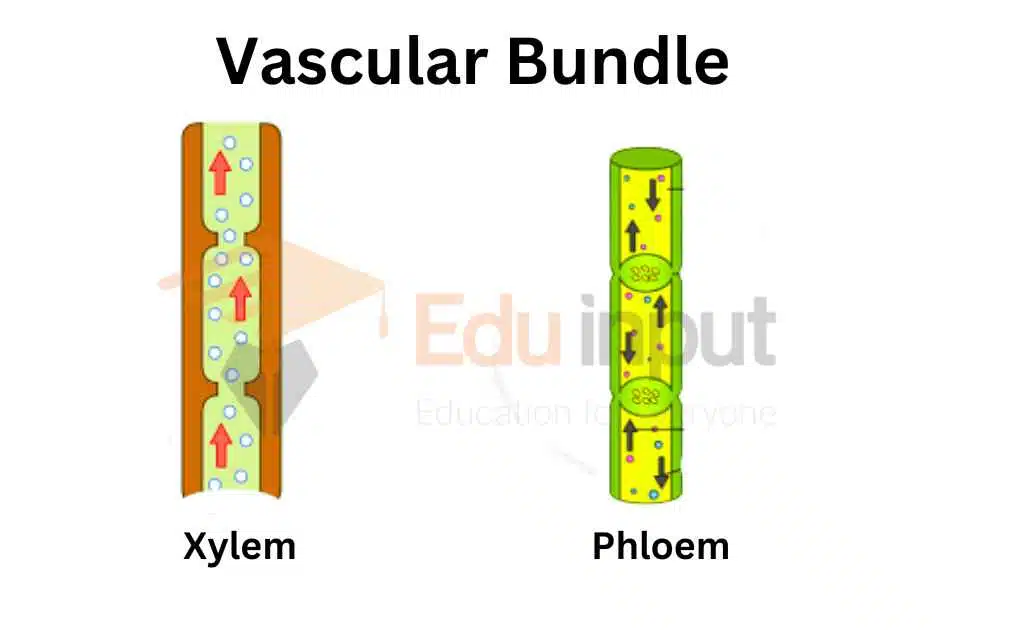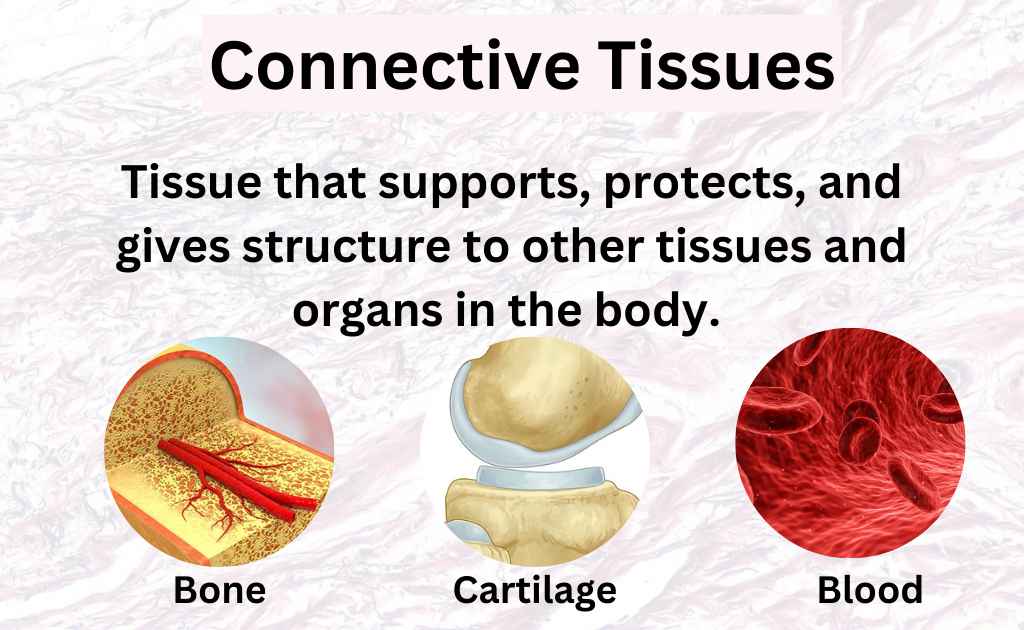Support In Plants-Cells Involved In Support
There are several ways for plants to support themselves and their shape. They may be physiological or structural, the physiological supports are temporary because they depend on the presence of water inside the plant cells and there is no support if this water is lost.
Support In Plants
The parts of plants are the stem, root, and leaves. Stem gives support to plants. It also sets an applied line between the root and aerial parts of the plants. Different types of cells are involved in support in the stems. These are:
Turgor Pressure
The internal hydrostatic pressure in plant cells is called turgor pressure. Water enters into the living cells of the epidermis, cortex, and pith by osmosis. This water produces turgor pressure in the cells.
Significance Of Turgor Pressure
This pressure keeps the plant rigid. It prevents the plant from bending. If these cells lose turgidity, the herbaceous stem is. The turgor pressure is very important for the turgidity of the plants. Sometimes. plants lose water due to ex-osmosis. Such plants lose turgor. Thus some parts of the plant wilt. Therefore, the maintenance of turgor pressure is an important phenomenon in plants.
Generation Of Turgor Pressure
High osmotic pressure of vacuoles produces the turgor pressure. The vacuole is bounded by a membrane called a tonoplast. The tonoplast contains several active transport systems. There is a high concentration of extracellular fluid. But these systems pump ions into the vacuole. Thus the vacuole has a higher ionic concentration. So water enters into the vacuole and provides turgidity. This turgidity provides mechanical support to the soft tissues of plants.
Vascular Bundle
The vascular bundles have xylems. The xylems are tough and inextensible structures. They function like a steel rods in concrete. They are arranged in rings. Wind imposes major stress on terrestrial ecosystems.
Xylem provides very effective resistance against wind stress. They increase the weight-bearing ability of the plant. Sclerenchyma fibers strengthened the vascular bundles of some plants. They form a bundle cap.

Collenchyma And Sclerenchyma
Collenchyma and sclerenchyma are heavily lignified cells. They give support to the plant.
Sclerenchyma Cells
The non-living supporting cells with highly lignified thick secondary walls are called sclerenchyma cells. Sclerenchyma has a thick secondary cell wall. This wall is impregnated with lignin. Lignin is an organic substance. It makes the cell wall tough. Most of the sclerenchyma cells are non-living. Sclerenchyma is present in xylem tissues. Their primary function is to provide support to the plant.
There are three types of Selerenchyma cells:
Fibers (Tracheids): These are long and cylindrical cells. They are present in the form of a solid bundle in the xylem or bundle caps.
Sclerides: These are shorter than fibers. These are found in seed coats and nut shells. They provide protection.
Vessels (Trachea): These are long tubular structures. They join end to end to form a long water-conducting pipe in the xylem.
Collenchyma Cells
The living supporting cells with angular thickening in the primary wall and lacking a secondary wall are called collenchyma cells. They have protoplast. Hence they are living cells. But they lack a secondary wall. They have angular thickening in their primary wall.
Collenchyma cells are present in the cortex. They are grouped to form strands or cylinders. Collenchyma cells provide support to young herbaceous parts of the plant. Young stems have often cylinders of collenchyma just below their surface. They are elastic. So they elongate with the growth of stems and leaves.






Leave a Reply